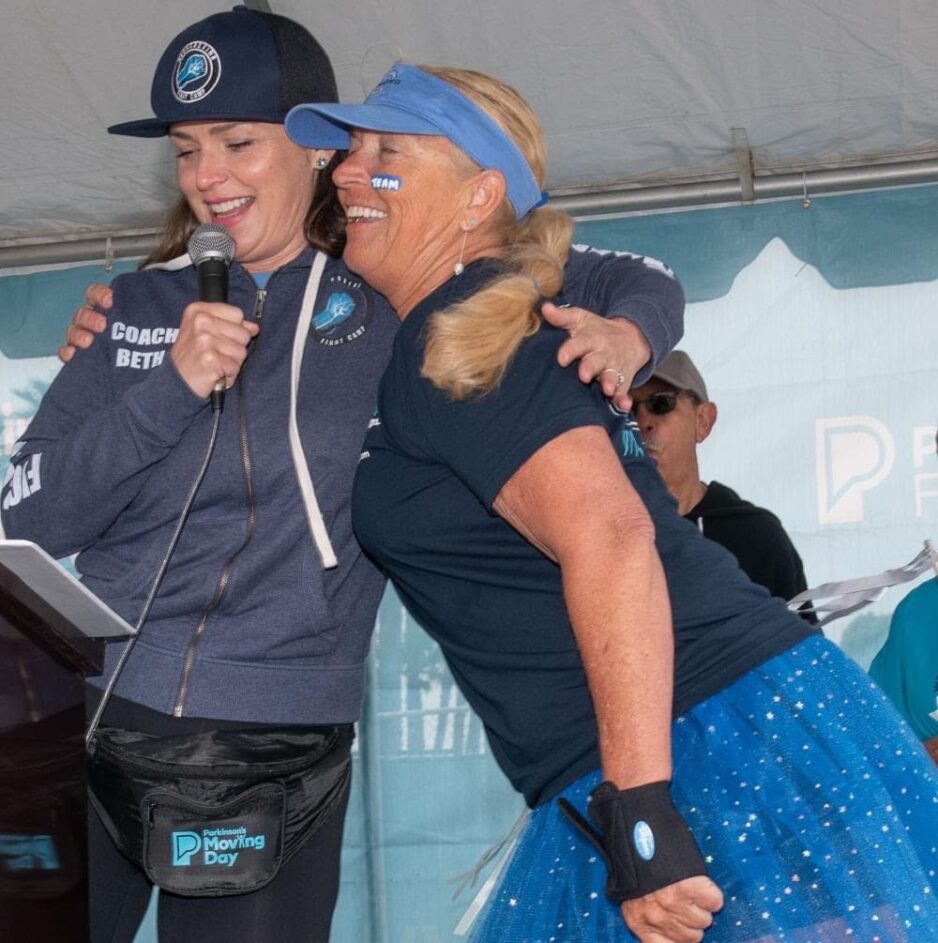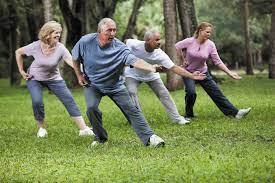Behavioral & Social Research
Higher occupational work complexity is associated with better cognition later in life, according to two recent NIA-funded studies published in Alzheimer’s & Dementia.
Previous research has indicated that people with complex jobs have better cognitive function as they age and a lower risk of dementia. Both of the two new studies built on these findings by exploring multiple forms of occupational complexity and cognitive outcomes. Occupational complexity with “data, people, and things” was classified using the Dictionary of Occupational Titles, which catalogs the type of work activities involved in different occupations. Examples of jobs with high complexity in each of these areas include a data analyst, a social worker, and a watch repairman, respectively. Education, self-reported as the highest level of education completed, was statistically accounted for as it could indicate prior cognitive abilities before entering the workforce.
In the first study, researchers from Indiana University and collaborating institutions analyzed data from 355 older adults enrolled in the Social Networks in Alzheimer’s Disease study. The scientists examined participants’ neuropsychological test results, neuroimaging data, employment history, and mild cognitive impairment (MCI) or dementia diagnoses. Most participants, age 70 on average, were retired and no longer working in their longest-held job. The researchers found complex work with people was associated with better memory, a decreased risk of MCI or dementia, and greater brain reserve — the gap between brain atrophy and poor cognitive function. After accounting for education, complexity with data or things was not associated with any cognitive outcome. These findings suggest that exposure to cognitive enrichment at work, especially via social interaction, may improve cognitive outcomes and increase cognitive resilience to neuropathology. However, a limitation of the study is that the participants were not a diverse sample.
In the other study, researchers from Kaiser Permanente Northern California; University of California, San Francisco; and collaborative institutions also looked at occupational complexity and cognition, specifically in a racially and ethnically diverse sample. Researchers interviewed 1,536 participants, average age of 76 years, in the Kaiser Healthy Aging and Diverse Life Experiences study, which consists of approximately equal numbers of Asian, Black, Latino, and White older adults. Three interview cycles were completed over an average of about two and a half years to measure initial cognition and change over time.
In line with the first study, higher occupational complexity with people was associated with better performance on cognitive measures. However, contrary to that study, higher occupational complexity with data was also found to be associated with better cognitive outcomes and a slower annual rate of cognitive decline. Differences in the methodologies between the two studies may contribute to this inconsistency, but further research is needed. Of note, a greater proportion of Black and Latino participants were categorized in jobs with lowest complexity for working with data and people.
These two studies add to an increasing body of research demonstrating that intellectually stimulating activities during midlife, such as complex work environments, may be associated with better cognitive outcomes among older adults. It’s important to note that the Dictionary of Occupational Titles assigns scores according to job titles and does not capture individual variability within the same title. Further research to better understand the pathways through which different types of occupational complexity affect cognition in later life could help to create work environments that promote cognitive health and health equity.
This research was supported in part by NIA grants.



